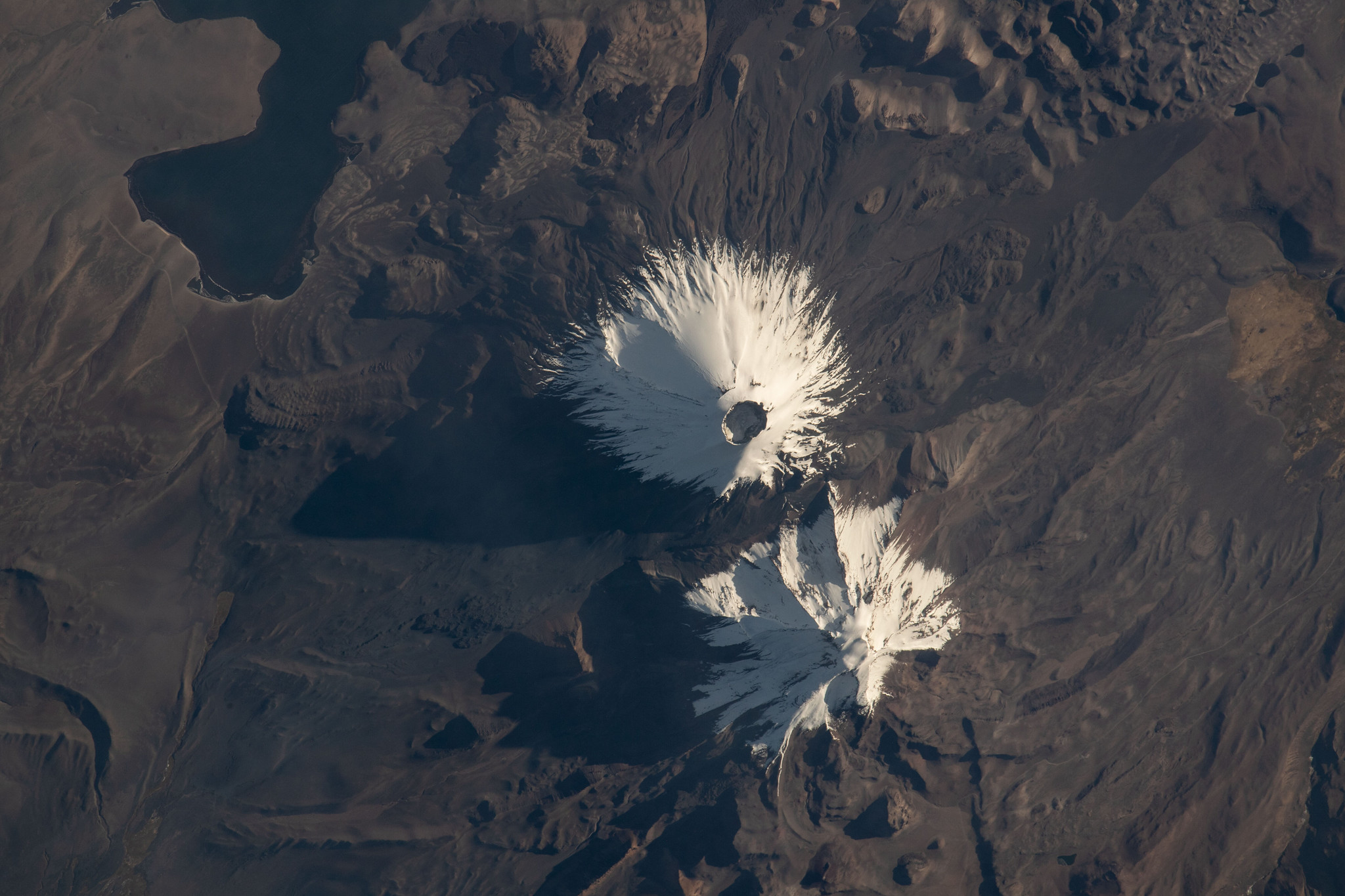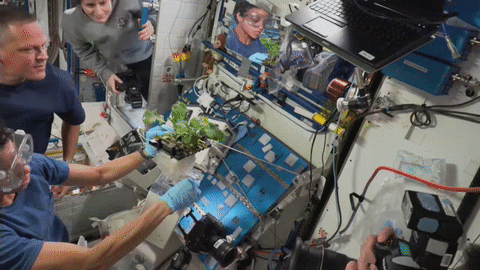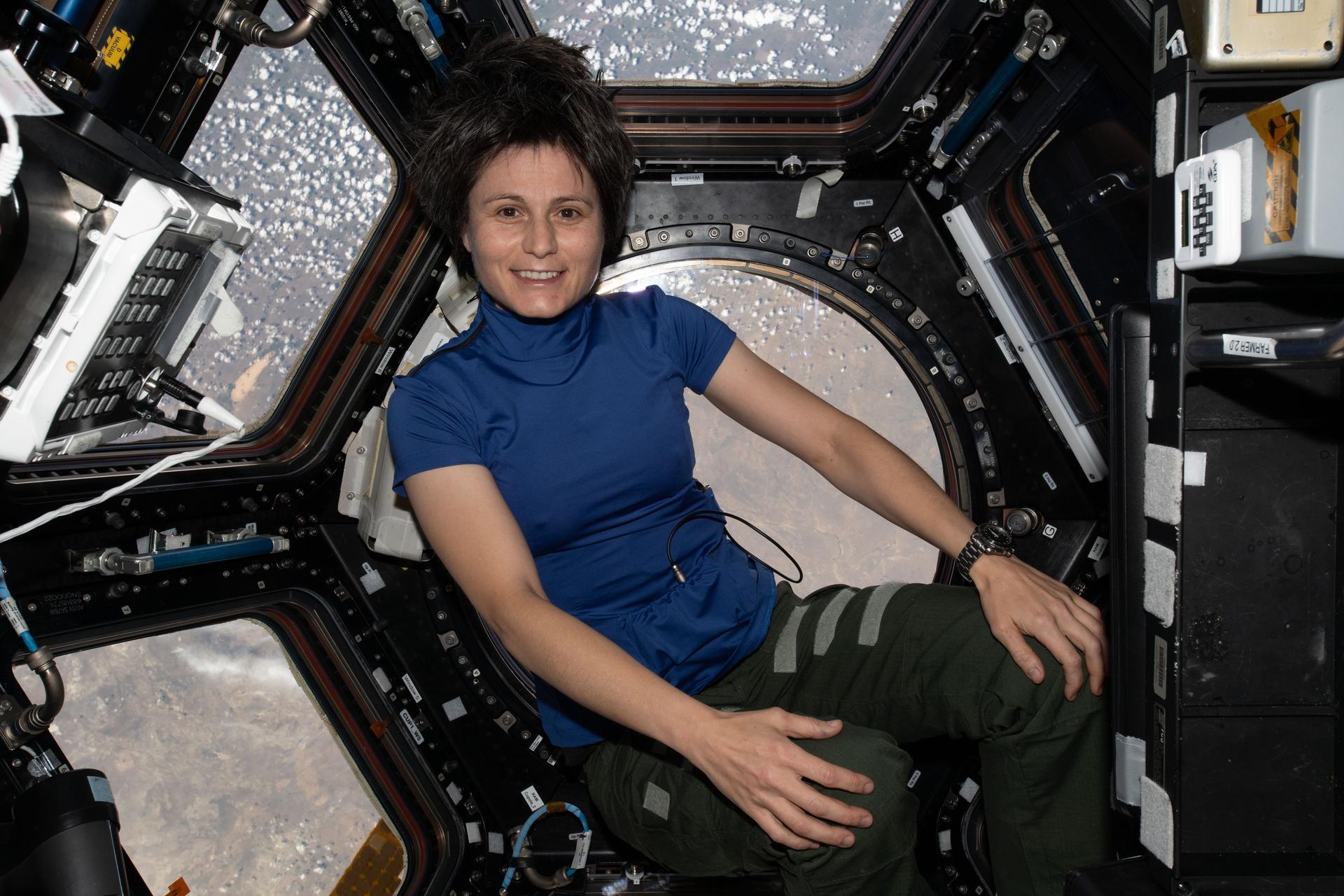
Crew members aboard the International Space Station conducted scientific investigations during the week of June 27 that included collecting standard health and performance measures, testing new techniques for growing plants, and demonstrating wireless data transmission for wearable sensors.
Here are details on some of the microgravity investigations currently taking place aboard the orbiting lab:
Human adaptation to space
To help prepare for long-duration missions to other planets, scientists have been collecting data on how crew members respond to life in microgravity throughout the existence of the space station. The Standard Measures investigation collects a set of core measurements, including data on behavioral health and performance, cellular profiles and immunology, the microbiome, biochemistry markers, sensorimotor changes, and cardiovascular health. These data help researchers characterize adaptive responses to living and working in space and monitor the effectiveness of countermeasures. Crew members collected and processed samples during the week.
Scaling up plant growth
XROOTS uses hydroponic (liquid-based) and aeroponic (air-based) techniques to grow plants without traditional growth media, which could enable production of crops on a larger scale for future space exploration. Current systems for growing plants in space, which are small and use particulate media-based water and nutrient delivery systems, do not scale well in space and can have containment, maintenance, and sanitation issues. Hydroponic and aeroponic techniques could provide plant systems of sufficient size to contribute to the food supply on future space exploration missions. Components of this growth system also could enhance cultivation of plants in terrestrial settings such as greenhouses and contribute to better food security for people on Earth. Crew members installed seed cartridges and root modules during the week.
Does this shirt make me look smart?
Wireless Compose-2, an investigation from ESA (European Space Agency), demonstrates the Smart Shirt, a garment with sensors that measure body motion and heartbeat, and a wireless network for transmitting the data. This technology has potential use for monitoring the health of astronauts and helping to determine the effect of the space environment on the cardiovascular system. Wireless Compose-2 also demonstrates new hardware that could enable precise control of free-flying robotic systems and identification of obstacles to operating such systems in environments comparable to the space station. During the week, crew members conducted sessions wearing the Smart Shirt.
Other investigations involving the crew:
- EarthKAM allows students to remotely control a digital camera mounted on the space station to take photographs of coastlines, mountain ranges, and other interesting features and phenomena on Earth. The EarthKAM team posts the images online, where they are available to the public and participating classrooms.
- UNIGLO tests microgravity’s effects on a module capable of processing various types of complex glasses. This investigation could expand commercial use of the space station and help establish manufacturing capabilities in space, as well as lead to development of novel optical fibers for communications, aerospace, remote sensing, medical diagnostics, surgery, and other uses in space and on the ground.
- NutrISS, an investigation from ESA, assesses an individual’s body composition and energy balance throughout spaceflight using wearable sensors and ESA’s EveryWear app. Results could lead to improved physical health and quality of life for astronauts and better clinical management of malnourished, obese, or immobilized patients on Earth.
- Actiwatch is a wearable monitor that continuously collects data on a crew member’s circadian rhythms, sleep-wake patterns, and activity during flight, beginning as soon as possible after arrival aboard the station. The data could be used to analyze circadian rhythms, sleep-wake patterns, and activity as part of efforts to monitor crew health and well-being as well as adaptation to space.
- ISS Ham Radio provides students, teachers, parents, and others the opportunity to communicate with astronauts using amateur radio units. Before a scheduled call, students learn about the station, radio waves, and other topics, and prepare a list of questions on topics they have researched.
The space station is a robust microgravity laboratory with a multitude of specialized research facilities and tools. Over more than two decades of continuous operation, it has supported many scientific breakthroughs from investigations spanning every major scientific discipline. The orbiting lab conveys benefits to future space exploration, advances basic and applied research on Earth, and provides a platform for a growing commercial presence in low-Earth orbit.
For daily updates, follow @ISS_Research, Space Station Research and Technology News, or our Facebook. Follow ISS National Lab for information on its sponsored investigations. For opportunities to see the space station pass over your town, check out Spot the Station.
John Love, ISS Research Planning Integration Scientist
Expedition 67






























